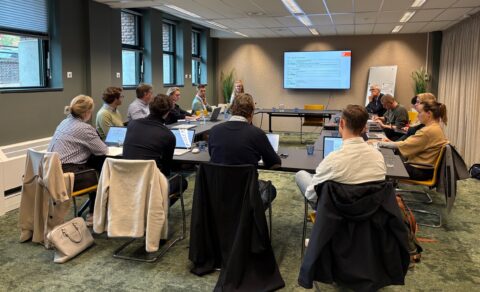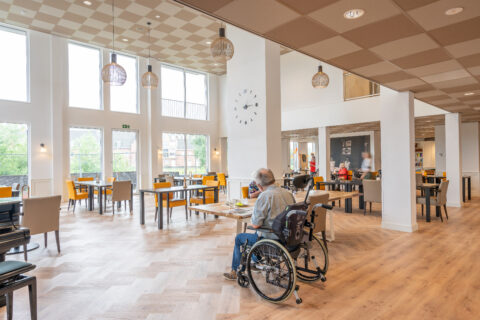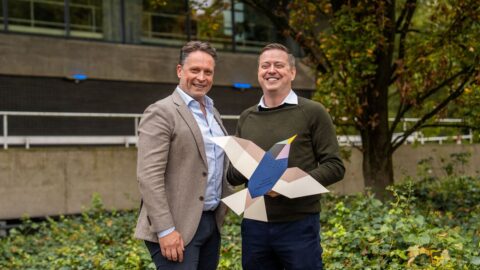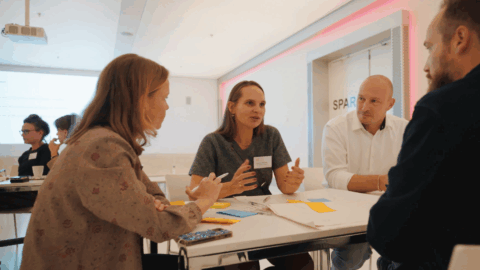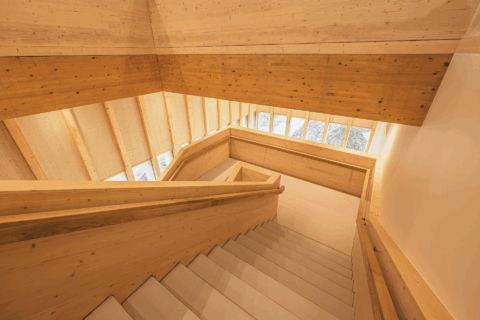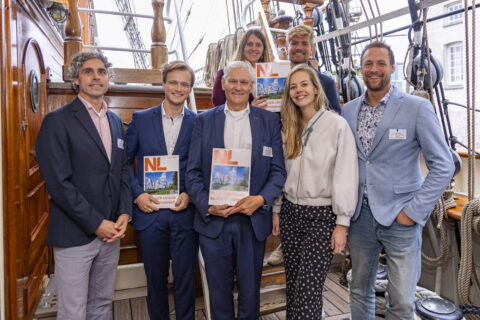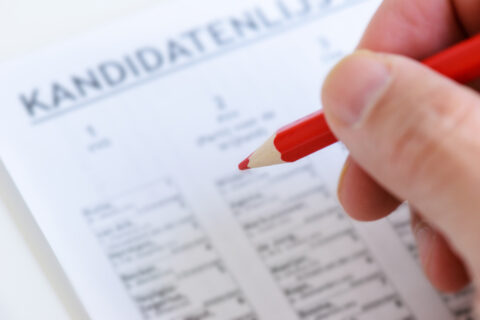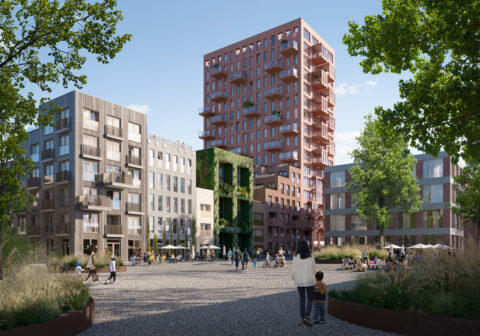


Jan Kadijk, kennis- en innovatiemanager van DGBC, heeft op verzoek van de World Green Building Council een column geschreven. Daarin schrijft hij over zijn visie op luchtkwaliteit in de gebouwde omgeving. De blog is in het Engels gepubliceerd op de website van de World GBC.
"Here in Europe, it's summer. The happy birdsong at sunrise preludes the new season. I don't know where these little friends went for winter, but I'm glad they came back for their daily chit-chat in the giant chestnut tree behind our house. I enjoy them waking me up at early dawn, connecting me to nature. That said, my environmental conditions are not as idyllic as this sounds. When I listen more closely, I can hear the highway grunting and stretching as it wakes for the day, just 500 metres from my home.
The city of Delft in the Netherlands is clamped between two major motorways. These vast infrastructures cater for about 250,000 vehicle movements every working day. The majority of these vehicles still run on fossil fuel, exhausting toxic fumes and particulate matter. As the city expanded over the last decades, new housing developments have been built closer and closer to these arteries of noise, air pollution and yes, connectivity. I wonder what these new home owners hear on the other side of their noise barrier walls when they wake up? And what they breathe. The Netherlands is a dense country, and our spatial planning leaves us little choice, apparently. This can't be healthy, right? But hey, what can you do?
Actually, there is a lot that can be done. Let's start with some spatial planning. We already know there is a significant 'distance decay' in exhausted particulate matter (PM10, PM 2.5) in the first 300 meters from the motorway. So that means you would not want to be living next to that highway. It makes more sense to concentrate urban density at public transport hotspots. Yet, some urban planners still missed all memos on the end of automobile primacy since Jane Jacobs. High-rise housing continues to be built at the motorway exit ? at the expense of people's health.
Increasing public awareness is a vital catalyst to tackling air pollution. Polluted air is bad air and is bad for your health; the message really is as simple as that. Yet this correlation is somewhat abstract and difficult to grasp. For many of us it is a kind of lifetime malus instead of a direct health effect. So is immediate action, such as moving house really necessary? But, when you or your loved ones develop respiratory problems, that's a different story. It also becomes more tangible when you can do your own air quality measurements on your own street ? and that's what's happening now in the Netherlands. Citizens are installing their own air quality sensors, sharing their data and analysing their own local air quality.
In Delft, a dozen of 'air rangers' have united and shared data under the luftdaten.info initiative, a kind of air quality data commons that is trying to find out what is happening in local air quality.
I got involved and built my own air quality sensor and was amazed by what we could measure ourselves. What's more, this citizen action is gathering serious momentum worldwide. The Stuttgart-based Luftdaten initiative is spreading all over the globe. At first, government officials in the Netherlands were not quite sure how to approach these air rangers: Their 'toy sensors' may not tell the same story as the expensive instruments of the official air quality monitoring stations. But after some initial scepticism, the official agencies now see the opportunity in cooperating with citizens on monitoring, sharing and calibrating data and understanding what is actually 'in the air'.
"This is where initiatives of Green Building Councils worldwide can help out: stimulate coordinated efforts of building developers, owners, users and local government on how to improve local air quality."
Next, we need implementation of new policies that tackle some of the causes; the old diesels, the omnipresent scooters, the inefficient urban logistics. This is where initiatives of Green Building Councils worldwide can help out: stimulate coordinated efforts of building developers, owners, users and local government on how to improve local air quality. Building certification schemes like BREEAM can give helpful directions. And bold policies will boost the transition towards clean air as well, like the recent Amsterdam announcement of banning all fossil fuel vehicles in the Dutch capital from the year 2030 onwards. It can be done!
The self-monitoring trend in outdoor air quality will propel indoor air quality advocacy just as well. Theoretically, climate controlled indoor environments are easy to optimise. In practice, there is still a huge effort to be done here. The age of ignorance is coming to an end here, thanks to technological innovation. Indoor air conditions in classrooms will be monitored by children with their smart backpacks. Parents want to know what they expose their kids to when leave them at school. The same goes for office workers, trying to find out why they come home with a headache after a day at the office. Is this a threat to school directors, building owners, employers and local authorities? No, it is an opportunity to make better places for people!
Meanwhile, I wonder what makes these birds come back to our chestnut tree every year, when they could stay in areas with much better environmental conditions. Maybe they came just to give a wakeup call to that guy who has his bedroom there, urging him to take some action for better air quality."
De blog werd eerder op de website van de World Green Building Council gepubliceerd.


